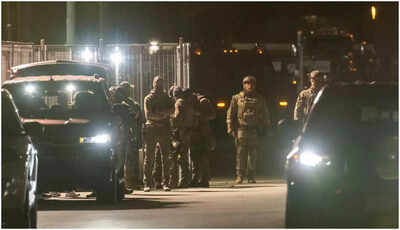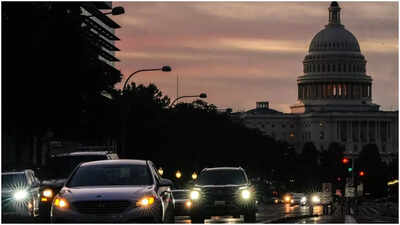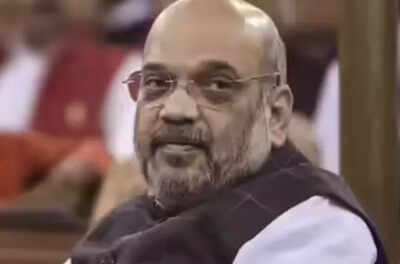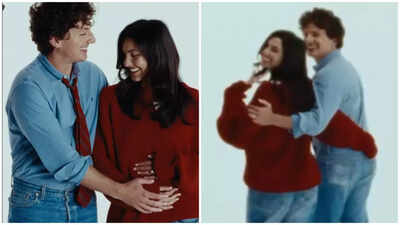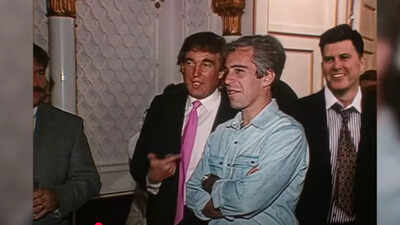
Saturday Night Live’s Colin Jost found himself in a deeply awkward situation during this week’s “Weekend Update” when co-host Michael Che unveiled an unexpected surprise: a video showing Jost at a party with President Donald Trump and the late convicted sex offender Jeffrey Epstein.The clip, originally filmed in 1992 at Trump’s Mar-a-Lago estate, is well-known for capturing Trump and Epstein laughing and chatting at a lively party — years before Epstein’s criminal cases came to light. But this time, there was a twist. Thanks to the wonders of artificial intelligence, Jost’s likeness had been digitally inserted into the scene, dancing around the two men as if he had been there all along.
Sora meets satire
Che explained that the video had been created using OpenAI’s video generation tool, Sora, and joked that Jost had been “partying” with Trump and Epstein. As the doctored footage rolled, Jost grimaced, shook his head, and glanced at the audience before deadpanning, “Really excited for that to just be out there.” Che, sensing blood in the water, kept piling on the jokes, much to the crowd’s delight — and Jost’s clear discomfort.
From archive to AI
The original 1992 footage has long circulated online, often resurfacing during discussions about Trump’s relationship with Epstein. Although Trump has repeatedly denied being close to the disgraced financier, photographs, flight logs, and social interactions tell a more complicated story. A recently surfaced letter — allegedly from Trump to Epstein and featuring a crude sketch of a naked woman — has only added fuel to the controversy, though Trump insists it’s a fake and has launched defamation suits over its publication.
Comedy’s new frontier
The SNL stunt captured a cultural inflection point: the merging of cutting-edge AI technology with late-night comedy. What was once the realm of deepfakes and online disinformation has now become a tool for satire — one that can both entertain and unsettle.For Jost, the gag was an uncomfortable collision of history, technology, and humour. For SNL, it was a glimpse of comedy’s future: a world where the past isn’t just referenced but rewritten, pixel by pixel, in real time. And for viewers, it was a reminder that the line between fact and fabrication is no longer a line at all — it’s a punchline.

